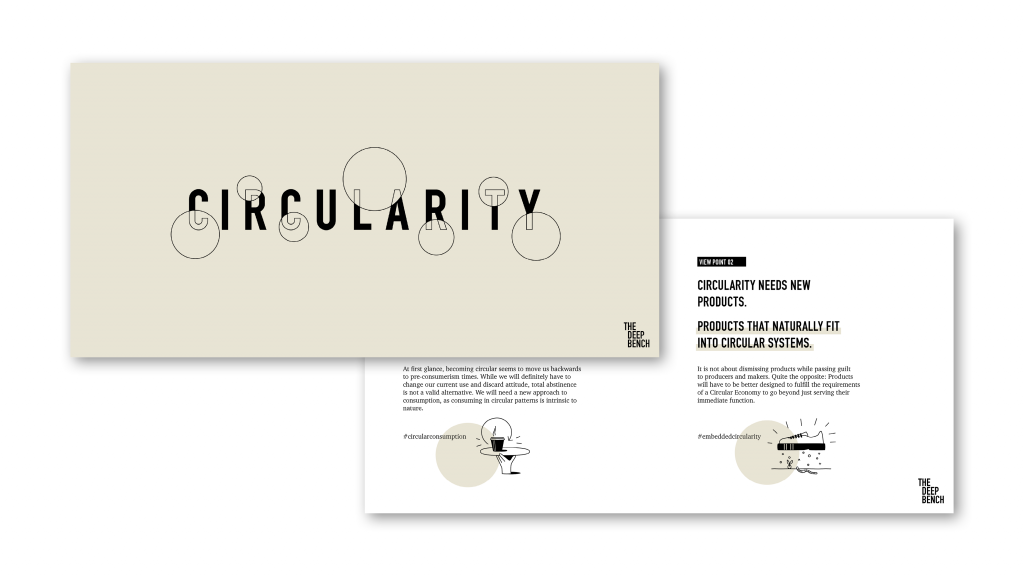Point of View
THE CORE OF A CIRCULAR FUTURE: SHIFTING RESPONSIBILITY
SEVEN VIEWPOINTS WHY CIRCULARITY AFFECTS EVERYTHING
Suddenly, the topic of circularity seems to be everywhere. But it is important to remember that it has only been a couple of years since the Ellen McArthur Foundation laid the – still highly relevant – groundwork on the issue in 2015 and Michael Braungart and William McDonough introduced the principle of Cradle-to-Cradle at the turn of the millennium.
Recently, the growing awareness of climate change and its global challenges has been an important catalyst to bring circularity to the forefront of discussions in academia, politics, NGOs, and companies.
At its core, the move towards a circular economy presents a massive transfer in responsibility. Away from a singular transactional shift from maker to consumer and towards a continuing responsibility of business along the full lifecycle of a product. A responsibility that will have to be carried together along the supply chain. To make circularity work it is important for everyone to familiarize themselves with the concept and consider their own contribution.
Do you want to learn about the potential of circularity for your organization?
Do you want to start thinking and acting circularly and define your path to a circular future?
Get in touch!
There are two main tasks ahead: First, we have to deal with today’s waste and finally, we need to create circular systems for tomorrow.
To support this, we have distilled our experiences into the following.
CIRCULARITY DOES NOT REQUIRE ABSTINENCE FROM CONSUMPTION. HOWEVER, IT WILL ENTAIL A NEW DEFINITION OF CONSUMERISM.
At first glance, becoming circular seems to move us backward to pre-consumerism times. While we will definitely have to change our current use and discard attitude, total abstinence is not a valid alternative. We will need a new approach to consumption, as consuming in circular patterns is intrinsic to nature.
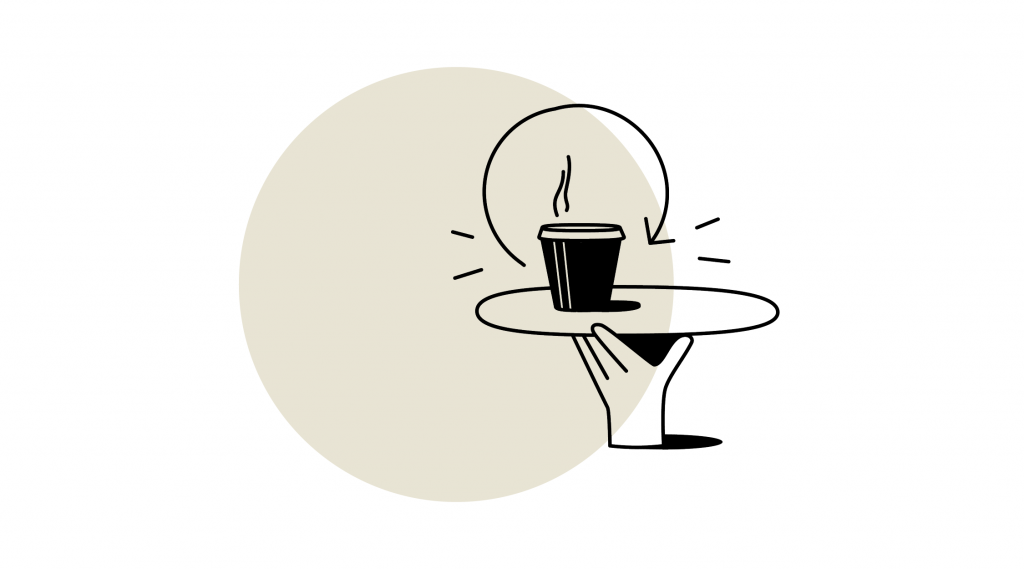
#circularconsumption
Questions organizations should be able to answer:
- What are the drivers for consumption in our current business model?
- How does changing consumerism affect our organization already?
- What is our definition of future consumption?
- What will be our role in a circular economy?
CIRCULARITY NEEDS NEW PRODUCTS. PRODUCTS THAT NATURALLY FIT INTO CIRCULAR SYSTEMS.
It is not about dismissing products while passing guilt to producers and makers. Quite the opposite: products will have to be better designed to fulfill the requirements of a circular economy to go beyond just serving their immediate function.
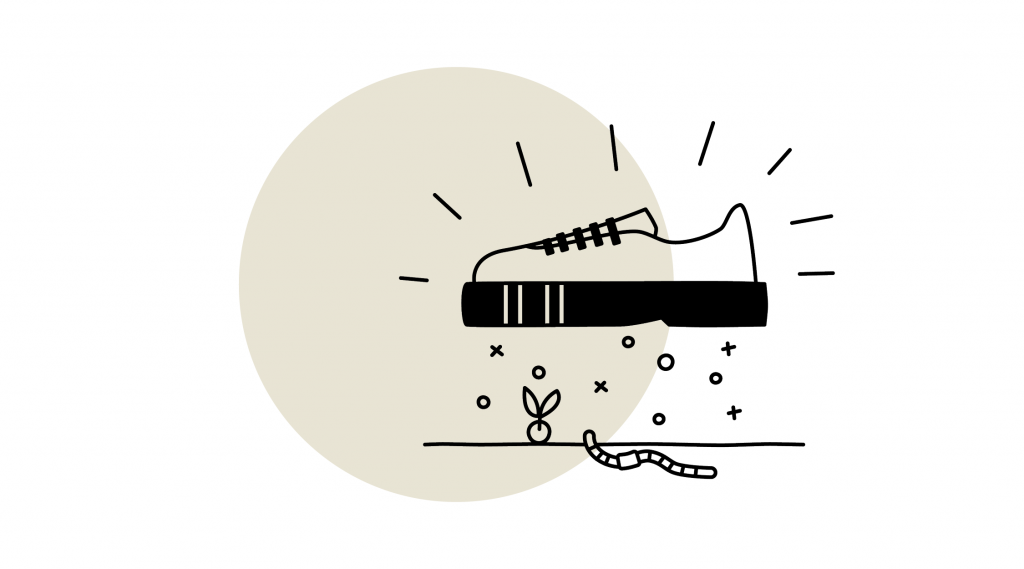
#embeddedcircularity
Questions organizations should be able to answer:
- What do we need to know about the requirements for developing circular products?
- Where do we stand today in terms of circular-ready products?
- What is our vision of a fully circular product?
PRODUCTS THEMSELVES ARE NEVER CIRCULAR. THEY CAN ONLY ENABLE CIRCULAR PROCESSES AND BEHAVIOR.
There is a lot of talk about how to rethink products for a circular economy. However, we believe that moving towards circularity takes more than just reinventing products. Above all, it is about behavior and processes, which must be designed and established.
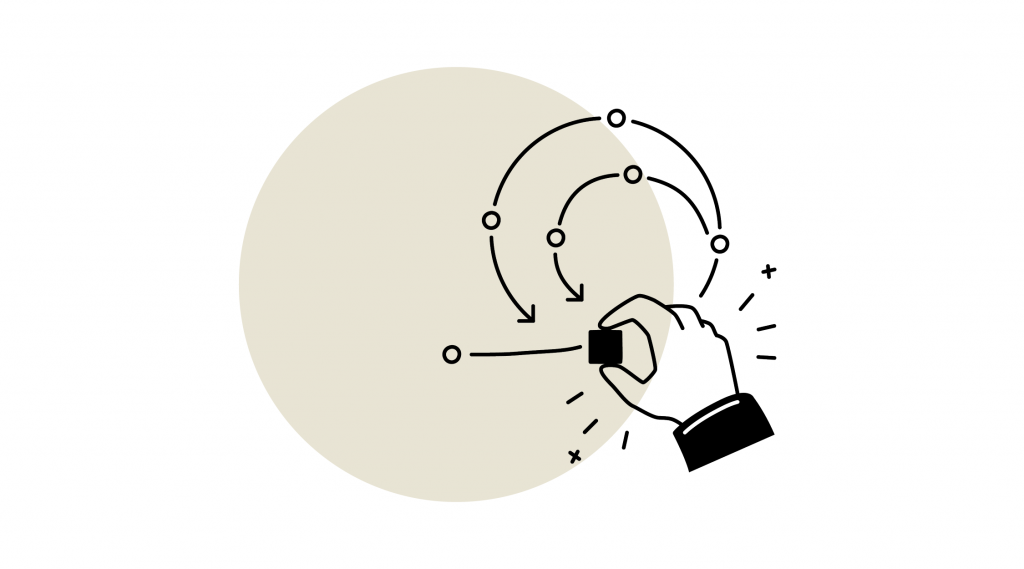
#circularbehavior
Questions organizations should be able to answer:
- How do we define the full system around our product?
- Do we understand the total impact of our product throughout its full lifecycle?
- What user behavior must we take into account to develop circular products?
- What services are needed to create a circular system for our products?
CIRCULARITY IS NOT ONLY ABOUT CLOSING THE LOOP. IT IS ABOUT MAKING THE LOOP SMALLER.
Closing the loop is a mantra we hear again and again. But this one-sided focus can be misleading. Not every loop is an efficient loop. As important as having a closed loop is to make the loop as small as possible by minimizing the resources used to create a manageable and truly sustainable system.
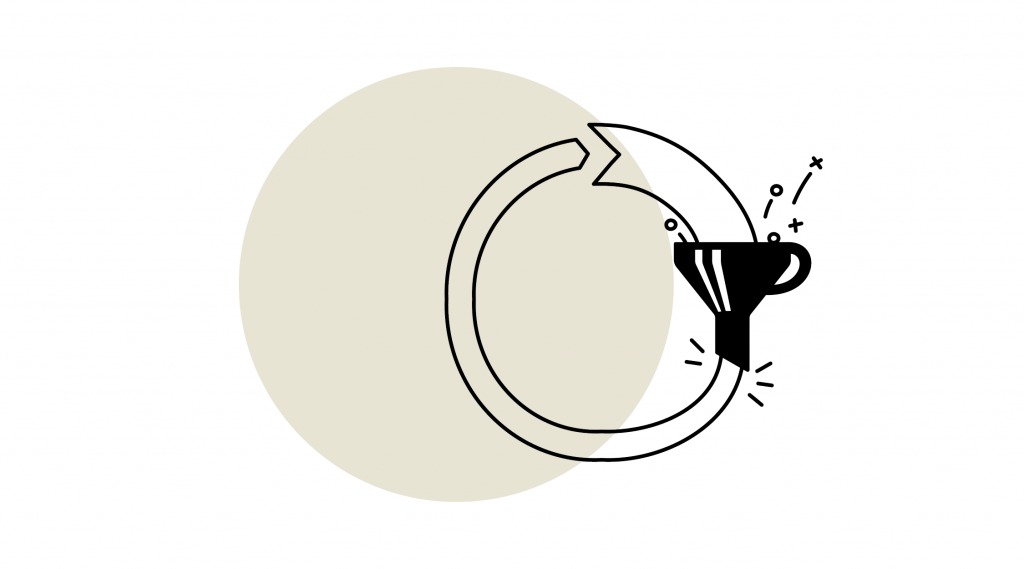
#narrowtheloop
Questions organizations should be able to answer:
- How much transparency do we have about our current products‘ lifecycle
- Where do we stand in terms of biological and technical cycles?
- How can we make existing loops more efficient and thereby smaller?
- What would be the smallest possible loop for our products?
CIRCULARITY IS NOT A SINGLE-PLAYER GAME. BY DEFINITION, IT IS A SYSTEMIC APPROACH.
Circular processes, flow, and behavior require different stakeholders with diverse roles and expertise. To transform to circularity continuous communication, interaction, and an extreme level of collaboration are required.
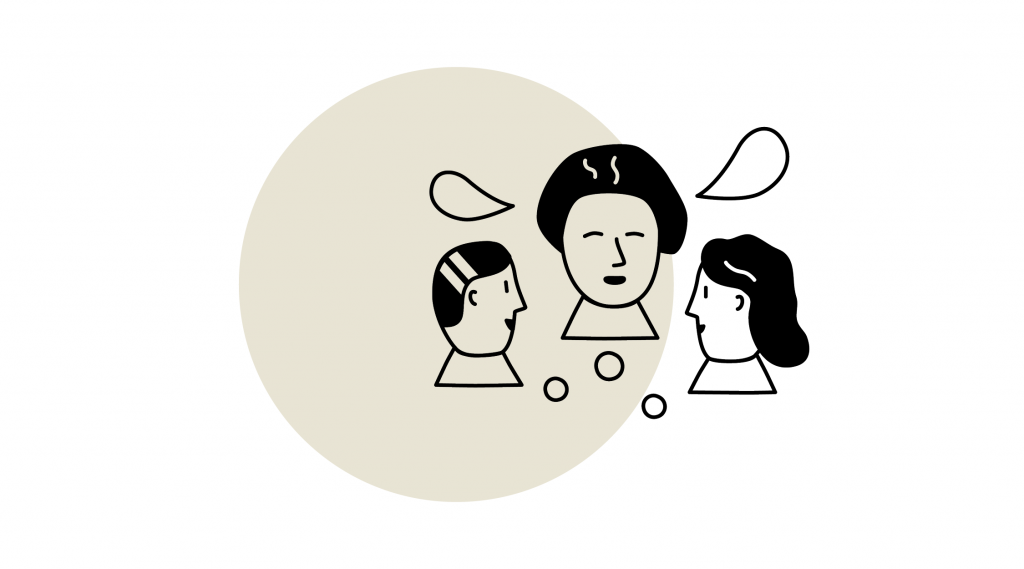
#circularcollaboration
Questions organizations should be able to answer:
- Are we already engaged on these issues with our existing partners?
- Have we defined who has to be on board internally?
- What additional partnerships will our organization need to become circular?
- What structures are needed to build win-win relationships internally and externally?
CIRCULARITY REQUIRES TO RESET INNOVATION. LONG-TERM THINKING WILL HAVE TO REPLACE TODAY’S FOCUS ON QUICK WINS.
To make circularity work we will need to develop systems that operate long-term while being perennially improved. This presents a departure from today’s focus on speed to market and from pandering to the fear of missing out.
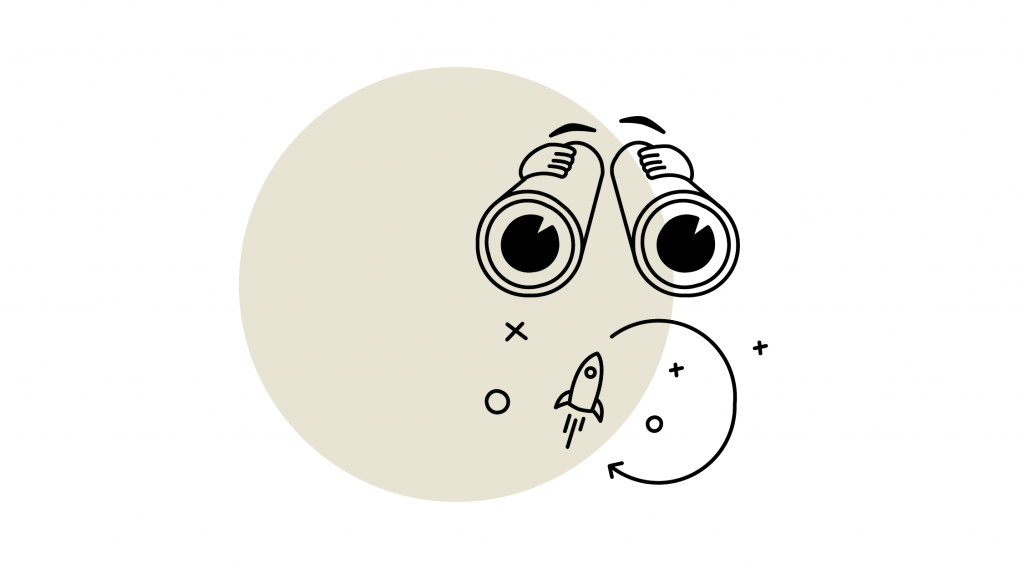
#circularinnovation
Questions organizations should be able to answer:
- Is circularity currently an issue in our innovation processes?
- Where should circularity live in our process?
- Do we have the right long-term goals for our innovation initiatives?
- How can we align human-centered and planet-centered innovation within a circular framework?
CIRCULARITY DOES NOT NEED ANY FURTHER DISCUSSION. IT NEEDS REAL ACTION TO CONNECT THE ABSTRACT WITH THE CONCRETE.
There are already plenty of theoretical models and frameworks. What is needed now is all hands-on deck for some serious learning by doing – even if the journey ahead is still blurry.
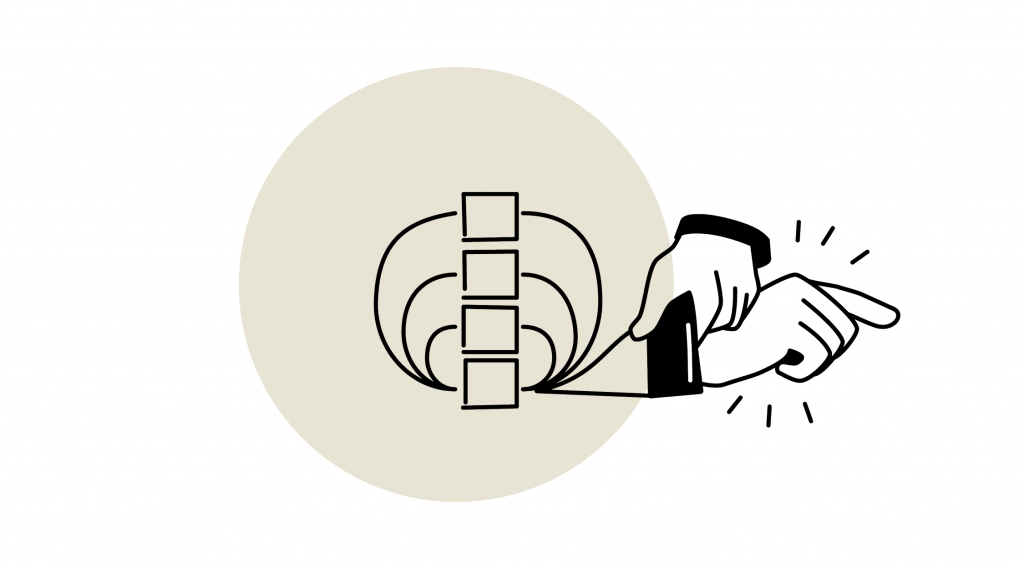
#circularaction
Questions organizations should be able to answer:
- What are our first action steps on our journey towards circularity?
We are happy to tackle this task together!
Meanwhile, you can download our booklet and spread the word:
